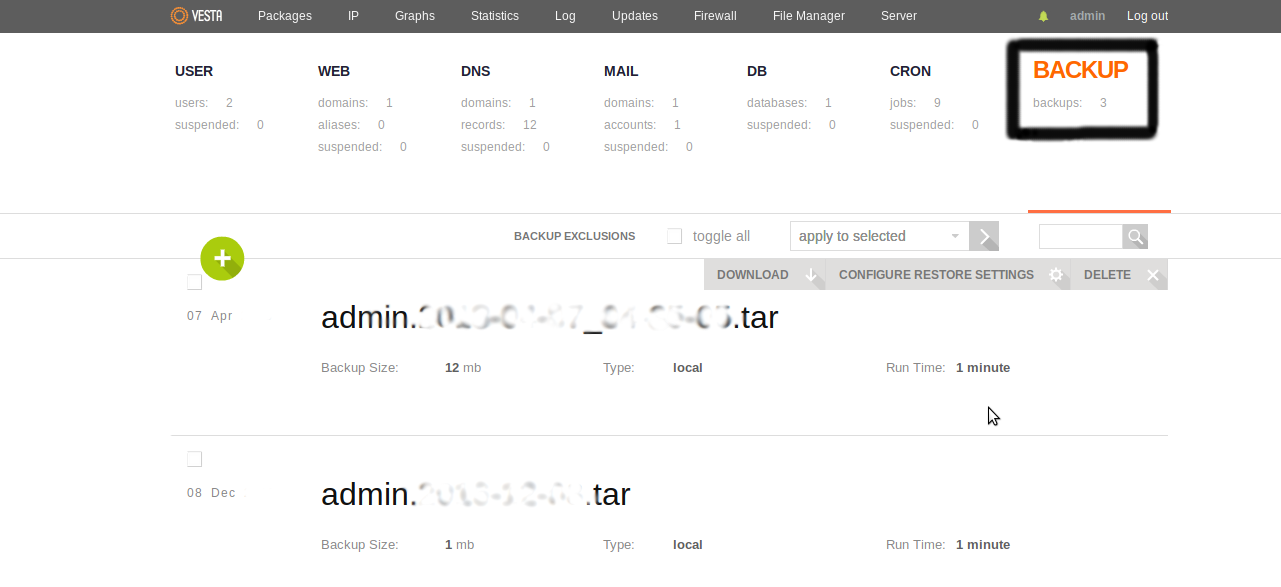VestaCP MySQL upgrade getting more attention from the website users as it can increase database performance and security.
However, the problem with the root MySQL password may cause error after MySQL upgrading.
Today, we’ll see how our Support Engineers upgrade VestaCP MySQL and fix related errors as part of our Server Management Services.
Need for MySQL upgrade
Application upgrades are always an advantage for performance and safety improvements. Likewise, the MySQL community provides new updates with advanced features to make their application strong and efficient.
The reasons for MySQL upgrades include:
- Access to new features.
- Performance enhancements.
- Bug fixes.
- Transparent security releases.
- Easy migration.
However, MySQL upgrades require knowledge and experience with database management. Otherwise, it breaks the functioning of applications like MySQL or causes a threat to performance following the upgrade.
Here, our Server Management & Monitoring services provide continuous monitoring of new updates and inform the customers.
Also, without affecting the website data, our Support Engineers upgrade it according to the customer requirements.
The way we upgrade MySQL on VestaCP
Now, let’s see how our Support Engineers upgrade to MySQL 5.6 running with Vesta CP.
Before we perform the MySQL upgrading, we take MySQL upgrade precautions like data backup. It is an essential part of the upgrade itself.
We take the server back up via the VestaCP admin panel.

Or, we make a backup copy of bases MySQL via command line with following commands.
mkdir /var/lib/mysqlcopy cp -aR /var/lib/mysql/* /var/lib/mysqlcopy
1.Initially. we stop MySQL service.
service mysqld stop
2. Then, we install MySQL-community repo:
yum install http://dev.mysql.com/get/mysql57-community-release-el6-7.noarch.rpm
3. Next, we disable update to 5.7, enable 5.6 version. For that, we open file mysql-community.repo.
vi /etc/yum.repos.d/mysql-community.repo [mysql56-community] enabled=1 [mysql57-community] enabled=0
4. Once the changes made, we Install MySQL and start MySQL service.
yum install mysql service mysqld start
5. After that, we update databases with the following command.
mysql_upgrade -uroot
6. Finally, we restart the server.
How we fixed the common error
From our experience in managing servers, we’ve seen customers facing problems after upgrading MySQL. Let’s take a closer look at how our Support Engineers fixed these problems.
Improper MySQL upgrade
One of the main reasons why MySql upgrade failed is the execution of the wrong commands. For example, sometimes the website broke after the upgrading of VestaCP MySQL.
This may due to the wrong database management system. So, as an initial step, our Support Engineers check which database management system is installed on the server. Then only perform the upgrading of VestaCP MySQL.
If the server has any problem with the database, we restore the database from the backup and upgrade to the latest version MySQL.
Moreover, CentOS 7 comes with the default MariaDB database system. Also, MariaDB is considered a substitute for MySQL.
[Having trouble while upgrade VestaCP MySQL? We’ll fix it for you.]
Conclusion
In short, upgrade VestaCP MySQL benefits from security enhancement, high database performance, and much more. Today, we saw how our Support Engineers upgrade VestaCP MySQL and fixed related errors.







0 Comments